Bulbs
Flower bulb gardens are a welcome addition, especially in spring as nature awakens from a long winter’s nap. With all the colors and types of bulbs available, gardeners should have no problem finding suitable plants to grow. Yet, it never hurts to get some gardening advice for bulbs along the way. While gardening with bulbs is easy, planting flower bulbs and caring for them can be intimidating to new gardeners, so here you will find tips on growing flower bulb gardens, from planting flower bulbs to their care and how to store them over winter.
Explore Bulbs
-
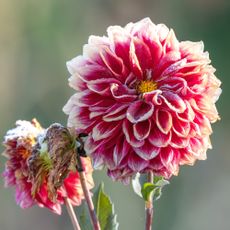
Stop Guessing When to Cut Back Dahlias in Winter – My One Simple Rule Makes It Easy
If you’re unsure when to cut back dahlias, you’re not alone. Follow this easy frost rule to ensure strong tubers, healthier plants, and more blooms next summer.
By Melanie Griffiths
-
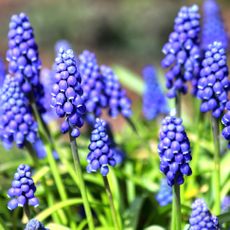
Find Out Why Growing Grape Hyacinths is Your Ticket to Simple Yet Spectacular Spring Color
Cute, compact, and wonderfully reliable, grape hyacinths brighten any garden with fragrant spikes of color. Find out how to grow these tiny, hardy, endlessly charming bulbs for brilliant spring impact
By Janey Goulding
-

It’s Not Too Late to Plant a Bulb Lasagna! This Expert’s Last-Minute Method Guarantees Showstopping Spring Color
Grab a pot and plant up this easy bulb lasagna, stat…
By Kayleigh Dray
-
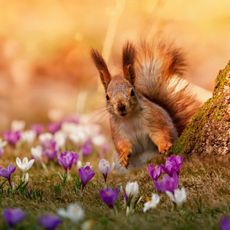
The $1 Kitchen Trick That Stops Squirrels From Digging Up Every Single Bulb
Skip the barriers and sprays. This item you already have in your kitchen is the low-effort, residue-free way to safeguard your newly planted bulbs.
By Tyler Schuster
-
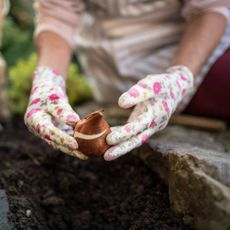
Craving Color? There's Still Time to Plant These 10 Shade-Loving Bulbs
It's not too late to add some color! These 10 shade-loving spring-flowering bulbs thrive under trees and in dark spots. Get them in the ground before it freezes.
By Mary Ellen Ellis
-
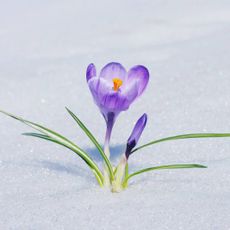
Crocus Care in Winter: Keep Your Bulbs Safe for a Reliable Return
Crocuses are tough, but are they tough enough for your growing zone? Learn everything there is to know about winterizing these early spring bloomers.
By Tyler Schuster
-
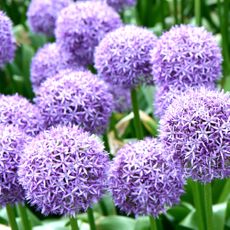
Know Your Ornamental Onions: How to Grow Alliums for Effortlessly Elegant Showstoppers
High on visual acrobatics yet delightfully low maintenance, you’ll be amazed how simple it is to grow alliums that transform the smallest gardens into living art installations. Here’s how to cultivate easy wins that are big on impact
By Janey Goulding
-
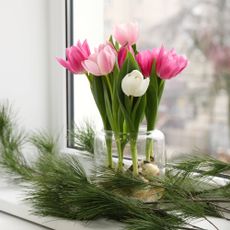
Guide to Forcing Tulip Bulbs Indoors for Spring Beauty in the Dead of Winter
Forcing tulips bulbs indoors is a great way to bring some brightness and life into you home in the winter months. Learn how to effectively force tulip bulbs.
By Tonya Barnett
-
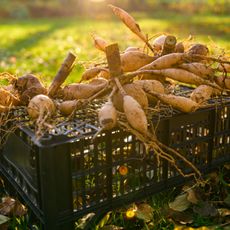
Do You Really Have to Dig Up Bulbs for Winter? 3 Easy Ways to Overwinter Them
Is the messy, traditional dig-and-store method worth the effort, or can you get away with one of these easy alternatives?
By Tyler Schuster
-
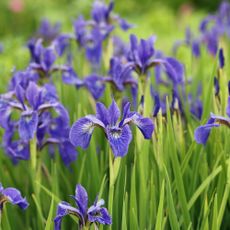
Iris Flower Care: A Complete Growing Guide for Your Most Beautiful Spring Blooms Ever
With so many types of irises out there, it can be hard to know exactly how to care for them. This guide breaks it all down for the most beautiful irises ever.
By Laura Walters
-
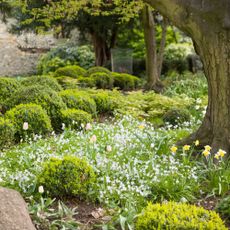
5 Invasive Bulbs to Avoid Planting in Your Garden This Fall – Plus One Unexpected Wildcard to Be Careful Of
‘Tis the season to plant bulbs in abundance, but be very careful about which ones you use…
By Kayleigh Dray
-
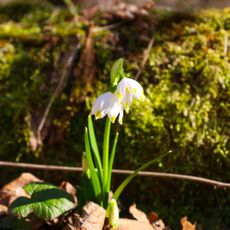
Forget Tulips! Plant These 7 Unusual Spring Bulbs Instead for a Truly Stunning Garden
Tulips are great and all, but if you want your garden to feel truly unique, it might be time to try something a little different…
By Kayleigh Dray
-
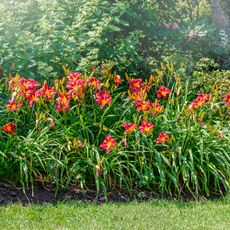
When and How to Cut Back Daylilies for Healthy Blooms Next Year – Expert Tips for Success
Learn when and how to cutback daylilies. Pruning daylilies properly will tidy up your garden while giving plants a boost to thrive next year.
By Tyler Schuster
-
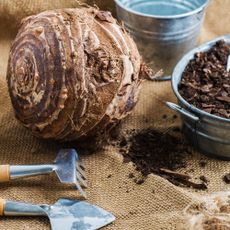
How to Store Elephant Ear Bulbs to Grow Again Next Year: A Step-by-Step Guide
Interested in learning how to store elephant ear bulbs over winter? Just follow these simple steps to save tubers for years of lush, tropical foliage.
By Amy Grant
-
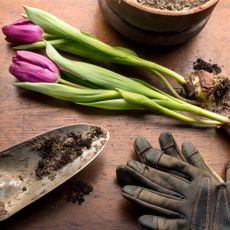
How to Divide Tulip Bulbs for More Spring Color Year After Year
Learn how to divide tulip bulbs and when it's necessary. Tulip enthusiasts eagerly anticipate spring’s arrival, but thriving bulbs rely on autumn preparation.
By Tonya Barnett
-
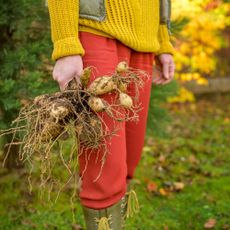
How to Store Bulbs Over Winter: Best Tips for Blooming Success Next Spring
Learn how to store bulbs over winter so you can have the best blooms next year. Follow these simple rules to ensure that you have success overwintering bulbs.
By Mary Ellen Ellis
-

How to Plant Bulbs Like a Pro – for Brilliant Blooms in Every Season
Fill your garden with a succession of colorful blooms with our complete guide to planting spring, summer, and fall-flowering bulbs.
By Melanie Griffiths

